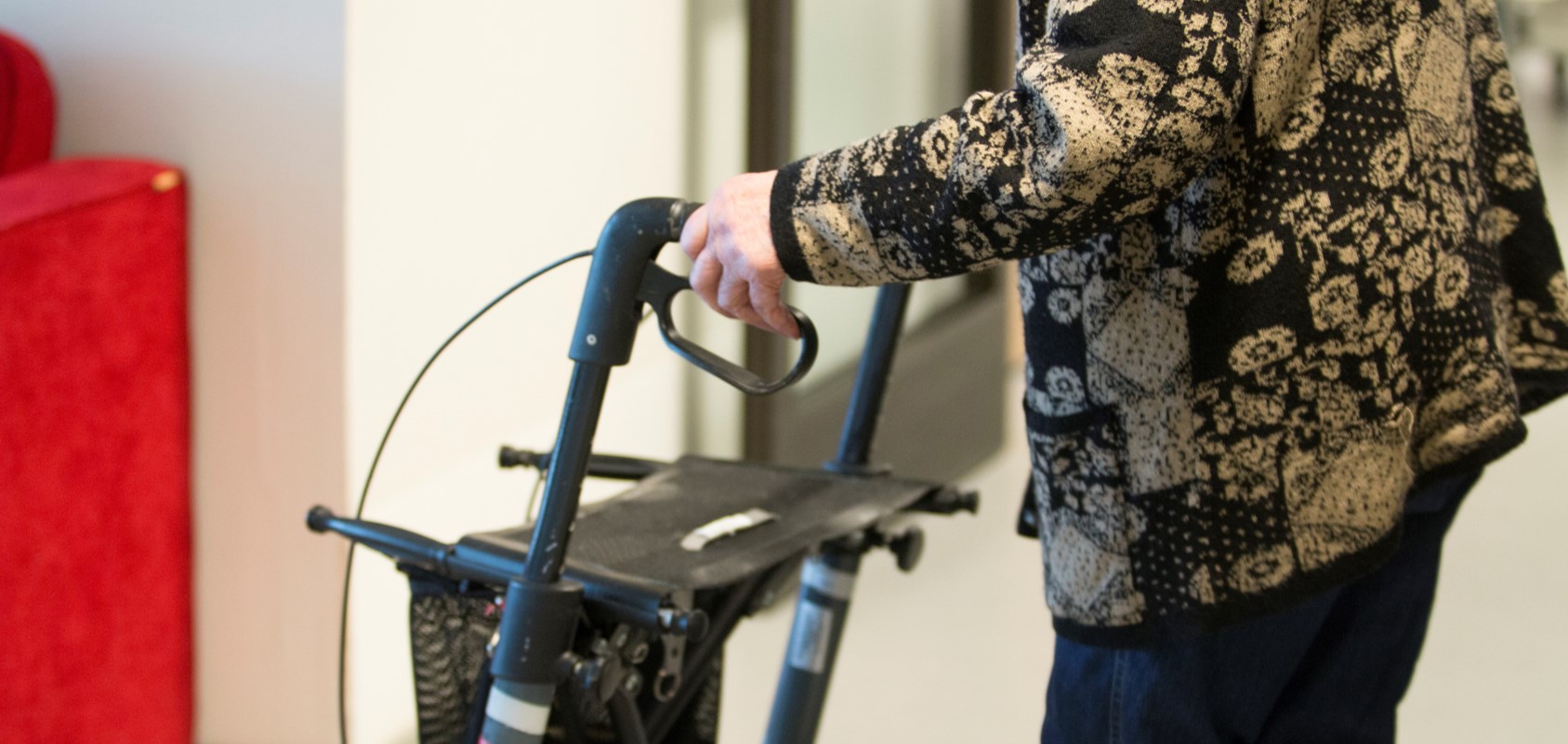Introduction to healthcare systems
Denmark
Role of the Government
Healthcare in Denmark is mostly provided by the local governments of the five regions, with coordination and regulation by the central government. At the same time, nursing homes, home care, and school health services are the responsibility of the 98 municipalities. Some specialised hospital services are managed centrally.
The regions own, manage and finance hospitals and finance the majority of services delivered by private general practitioners (GPs), office-based specialists, physiotherapists, dentists and pharmacists. Municipalities are responsible for financing and providing nursing home care, home nurses, health visitors, some dental services, school health services, home help and treatment for drug and alcohol abuse. The municipalities are also responsible for general prevention and rehabilitation tasks; the regions are responsible for specialised rehabilitation. [1]
There are two insurance groups. More than 99 % of the patients are covered by insurance from group one. They get a practitioner in their district to consult.
Those who have the insurance provided by group two may visit any GP or medical specialist they wish but might have to pay a share on their own at their visit. Citizens with this type of insurance make up less than 1% of the population.
Healthcare is financed mainly through a national health tax on taxable income.

eHealth records
At all levels in the health system Information technology (IT) is used and part of a national strategy supported by the National Agency for Health IT. Each region uses its own electronic patient record system for hospitals, with adherence to national standards for compatibility. Danish general practitioners were ranked first in an assessment of the overall implementation of electronic health records in 2014. All citizens in Denmark have a unique electronic personal identifier, appearing in all public registries, including health databases. The government has implemented an electronic medical card containing encoded information about each patient’s prescriptions and medication use; this information is accessible by the patient and all relevant health professionals. General practitioners also have access to an online medical handbook with updated information on diagnosis and treatment recommendations.
Practitioners use Electronic Medical Records (EMR) and Electronic Prescribing to exchange clinical messages (EDI) using the MedCom[1] network.
1 MedCom is financed and owned by The Ministry of Health, Danish Regions and Local Government Denmark. MedCom’s role is to contribute to the development, testing, dissemination and quality assurance of electronic communication and information in the healthcare sector to support excellent continuity of care. MedCom is developing standards and profiles for exchange of healthcare related data throughout the entire Danish healthcare sector.
Primary care
The regions determine the number and location of general practitioners (GP), and their fees and working conditions are negotiated centrally between the physicians’ union and the government. The municipal health services provide health visitors, home nurses and school healthcare. Each GP has an average of 1600 patients in Denmark [1]. Citizens are assigned a specific general practitioner (GP) and may receive aid at no cost, including visiting a medical specialist at the referral of their GP. Every citizen is in contact with the primary healthcare system seven times a year; on average, 10 % of the population do not use primary care within a year. The GPs handle the vast majority of medical cases without referral to further examination or specialised treatment.
Secondary care
The regions own and run hospital care. This is similar to the models in other Scandinavian countries.
Emergency medical services
Emergency Medical Technicians (EMTs) and paramedics will often provide help, traditionally considered as ‘hospital treatment’. Data analysis, telemedicine and point-of-care technologies have become an integrated part of ambulance treatment. In case of a life-threatening emergency, a physician-staffed Mobile Critical Care Unit (MCCU) will usually be dispatched.

Long-term care and social support
All municipalities offer their elderly citizens preventive home visits. The city can decide that preventive efforts should focus on specific themes, for example, loneliness, fall prevention, security, nutrition, physical activity, etc.
The federal government establishes a budgetary limit for each district and municipality, while local leaders formulate policies and services within those constraints according to the individual needs of the community.
Nursing homes tend to be council-run, with even private institutions inspected by local authorities and subsidised to bring prices in line with state institutions.
If an older person reaches a point at which they cannot remain at home, the city will offer one of several residential options in senior care.
Home care services [5]
The target group for home care services are older people who live at home but are unable to manage everyday life on their own. Home care falls in two categories: practical help (e.g. cleaning and laundering) and personal care (e.g. bathing and shaving). The municipality provides these services free of charge. Older people may also receive food services based on an assessment of individual need. In 2015, around 12 % of all elderly over 65 received home care services.
All municipalities must establish Senior Citizens’ Councils to promote user influence. The councils are on duty for four-year terms, and all citizens over 60 have the right to vote or run for the board. The municipality must consult the Senior Citizens Council in any issue relevant to the local elderly population.
Danish hospitals
Hospitals need to consider means to increase efficiency and productivity to be able to treat more patients without increasing costs. In Denmark, the aim is to reduce patients' length of stay in a hospital.
There are considerable investments in automation processes and digital help. A cornerstone in the Danish hospital structure is 16 hospital construction projects, the Super Hospital Pro-gramme, where several small hospitals merge into fewer, highly specialised hospitals. The overall aim is a 2 % annual increase in total hospital productivity. From the Super Hospitals, the regions demand efficiency gains of up to 8 %.
The expectation for 2020 is an average length of stay in Danish hospitals of less than three days, and the number of outpatient treatments should increase by 50 % since 2007.
Available data
A national website (esundhed.dk) provides access to benchmarking data related to service, quality and number of treatments performed. The site also provides access to data from sev-eral Danish health registries (see below) and information about developments in pharmaceuti-cal prices and reimbursement levels. Patients have access to several personal services like information about the clinical and organisational quality of a hospital as well as studies of the patient experience.
On the webpage, citizens can access many personal services and data such as patient rec-ords from hospitals (e-journals) as well as general information on health, diseases and patient rights.
Patient Safety Authority
The Danish Patient Safety Authority was established in 2015 when the former Danish Health and Medicines Authority split into separate agencies. It receives anonymised reports of acci-dents and near-accidents that healthcare professionals at all levels are obliged to submit to regional authorities which evaluate the incidents. The information is published in an annually updated database, to foster learning rather than sanctioning.
Control of costs
A budget law (budgetlov) outlines the overall framework for controlling healthcare expenditures. It sets budgets for regions and municipalities and specifies automatic sanctions if exceeded. Annual agreements among regions, municipalities, and the government supplement the budget law to coordinate policy initiatives aimed at limiting spending, including direct controls of supply.
Block grants for the regions are conditional on annual increases in productivity of 2 % based on diagnosis-related groups. Even though the activity-based portion is small, it makes up regions’ marginal income and presents a strong incentive. Furthermore, regions are under pressure to deliver good performance, as they risk reforms if they do not provide.
At a regional level, hospital cost control includes a combination of global budgets and activity-related incentives (see above).
Procurement and medicine pricing
In Denmark, pharmaceutical companies are free to set the official prices of medicine. However, members of the Danish Association of the Pharmaceutical Industry are subject to a price-cap agreement between the Association, the Ministry of Health and the Danish Regions. The procurement and pricing procedures differ between the hospital sector and the primary healthcare sector.
The hospital sector In Denmark
Amgros purchases 99 % of all medicines used at public hospitals. The five regions own Amgros, a pharmaceutical procurement service, that carries out tendering procedures and purchases medicines for all public hospitals. The regions pay for hospital medicines, and all treatments in public hospitals, including medication. Patients do not have to pay for anything.
The primary healthcare sector
The actual pricing of medicines for the primary healthcare sector varies depending on whether there are directly competing products. 14-day auctions set the prices of directly competing medicines from the generic industry. Following each tender, the pharmaceutical companies will report their prices for the following two weeks to the Danish Medicines Agency. All pharmacies are informed about the costs to make sure that they are the same throughout Denmark. The system garantees price transparency and market competition. Included in the price-cap agreement between the Danish Association of the Pharmaceutical Industry, the Danish Regions and the Ministry of Health Medicines are all products with no direct competitors but granted reimbursement by the Danish Medicines Agency.
Read about Germany
Downloads
A document with the full text including references is available for download here:


